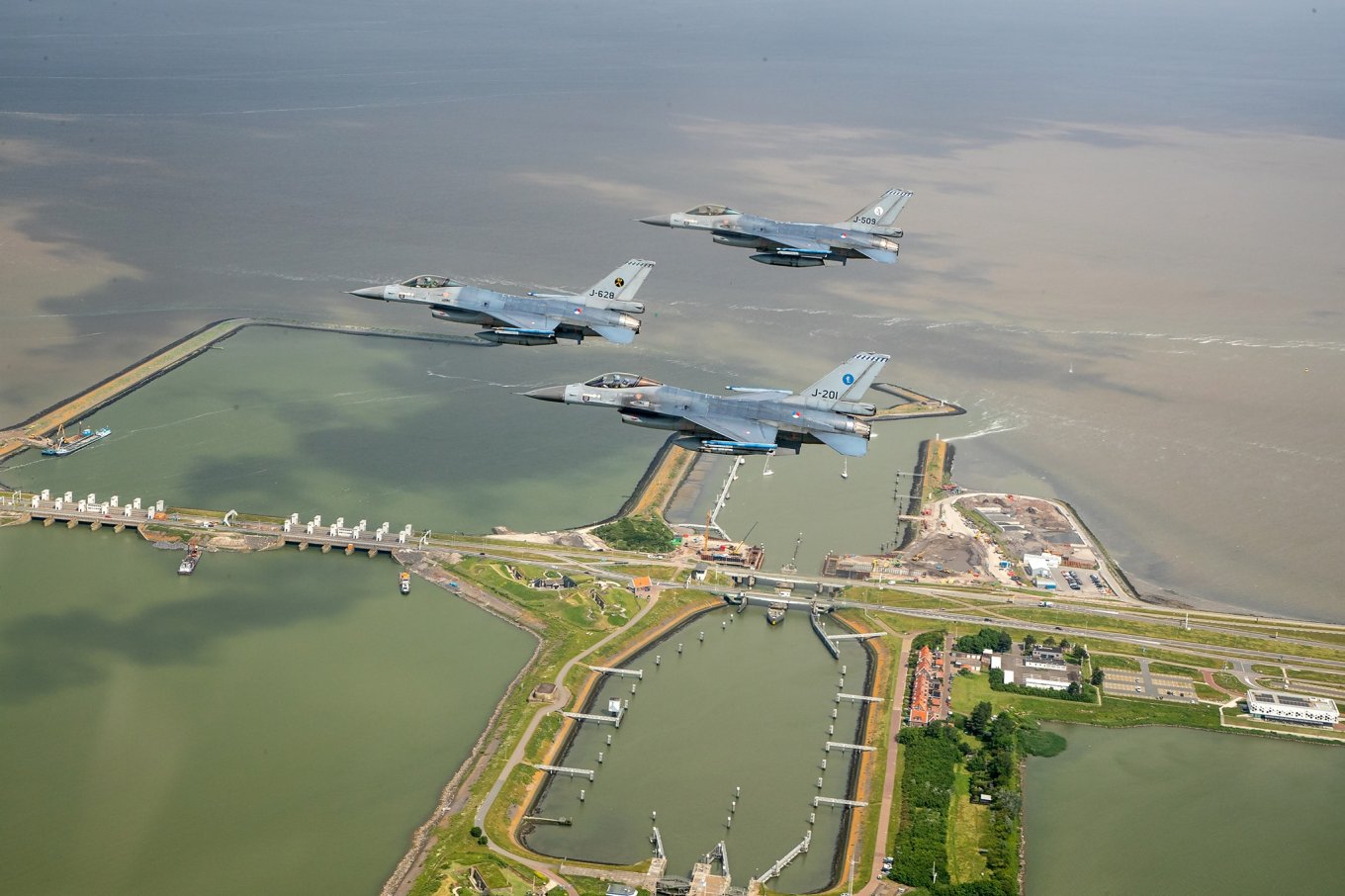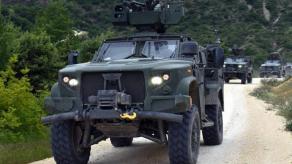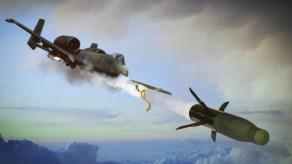After the prime minister of the United Kingdom, Rishi Sunak, officially announced the list of countries that will work together "to get Ukraine the combat air capability it needs," it is possible to finally assess whose F-16s the Air Force of the Armed Forces of Ukraine will strengthen.
In particular, the list of countries that will be part of the "coalition" includes Great Britain, the United States, the Netherlands, Belgium and Denmark.
Read more: F-16 for Ukraine Is Closer, Training Likely Happen Entirely in Europe, the US Will Provide Personnel
The main roles of each member of the coalition are quite clear from this list. In particular, it is unlikely that the transfer of aircraft should be expected from Great Britain - the Royal Air Force simply does not have F-16s. In their turn, the USA has already officially announced that they will not hand over the aircraft. At the same time, London is, at a minimum, responsible for the initial training of pilots, and without the United States, the re-export of the F-16 would be impossible.
But it seems that the real role of the USA is much broader, because in addition to agreeing to export, there is the issue of providing these combat aircraft with weapons and spare parts. It is these costs that are very significant, because, as a rule, in an export contract for the sale of aircraft, the weapons and spare parts themselves often make up about 50% of the total price tag.

The role of Denmark and the Netherlands, being donors of the vehicles themselves, is indicated by the fact that the decision regarding the transfer of the F-16 was already discussed at the official level in Denmark, and the issue of the possibility of transferring the aircraft was considered in the Netherlands at the beginning of the year. For these countries, the transfer of part of the F-16 does not pose a critical threat to defense capabilities, because they have already begun to receive the F-35 to replace the F-16.
Belgium, which is also upgrading its fleet with fifth-generation aircraft, is a bit more difficult, as the country ordered 34 F-35A aircraft in 2018 for $4.25 billion and expects the first aircraft to be delivered only after 2023. That is why the country’s government informed that Belgium would not be able to transfer fighter jets.
Thus, at this time, the F-16 aircraft fleet of Denmark and the Netherlands remains the most likely fighters for Ukraine. The estimate of the number of combat jets that can be transferred to Ukraine is directly related to the schedule of receiving the F-35 and their achievement of operational readiness.

In particular, the Netherlands ordered the first batch of 24 F-35s in 2016, which were to arrive in the country during 2020-2022. Later, this order was expanded to 46 aircraft, which were to be delivered by the end of 2023, while their achievement of full operational readiness was supposed to happen in 2024. In the summer of 2022, against the background of the large-scale invasion of the russian federation in Ukraine, the Netherlands ordered an additional 6 5th-generation aircraft.
The first 12 Dutch F-35s reached operational readiness at the end of 2021. This is what is connected with the decommissioning of 12 F-16s, which were planned to be sold to the private company Draken International. In this regard, these aircraft are currently undergoing major repairs. It was also planned to sell Draken International another 28 F-16s after the new F-35 squadrons achieve operational readiness, which should take place in 2024.

Regarding Denmark, it should be recalled that the country placed its order for 27 fifth-generation F-35 aircraft in 2016. The schedule for receiving new combat jets is also well known thanks to the country's government report. In particular, by the end of 2023, the Danish Air Force should receive 17 aircraft but some of them are used for pilot training and are in the United States.
During 2024-2026, the country should receive another 10 aircraft, in three batches - 4, 3 and 3 aircraft, respectively. Decommissioning of all 30 combat-ready F-16 fighters was planned by 2024, but this decision was later postponed to 2027. The write-off of the F-16 was tied in terms of terms to the terms of the F-35 supply. Thus, it is possible to predict with a high degree of probability that Denmark will transfer up to one squadron of F-16 aircraft to Ukraine in the short term.

Thus, if we take only the resources of the Netherlands and Denmark, at the moment we can talk about the potential possibility of Ukraine receiving one or two squadrons from the Netherlands and one from Denmark - that is, from 24 to 36 aircraft. In the future, this number can be increased to 70 F-16 as new F-35s arrive from the USA.
At the same time, it should not be ruled out that Denmark and the Netherlands may be joined by other F-16 operators who will be ready to transfer their machines to Ukraine - even with the threat of a certain reduction in their own defense capabilities. In this case, it is quite possible to talk about the satisfaction of the Air Force of Ukraine's need for five aviation brigades of Western aircraft for the full protection of Ukraine.
Read more: F-16 Fighters for Ukraine Is One of the Key Factors for Victory Over russia














